The Zeitgeist of Zine Culture
The zine has documented marginalized voices and counter culture spanning decades. Zine libraries, events, and art galleries are popping up across the country.
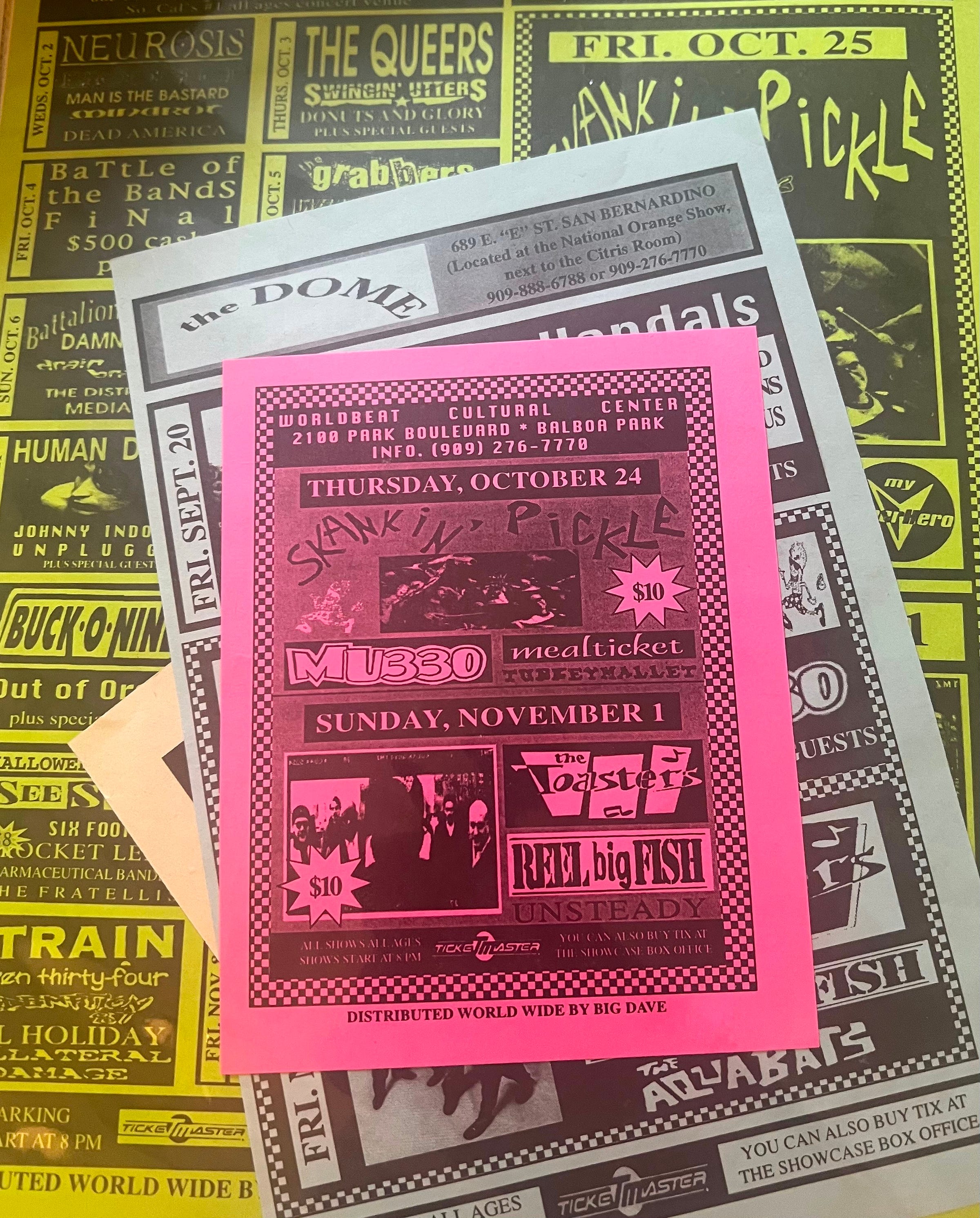
It is 1998, and I am working in my office in a tiny projection room atop an old single-screen movie theater turned all-ages night club. In the background, you can hear the drummer from the touring band pounding on the drum set for a sound check—thump, thump, thump, check, check, check. The underground music scene, full of punk, ska, metal, goth, and straight-edge, is in full swing, and this is one of the most popular places in the area to see the local underground bands play.
This is also the birthplace of Smash Magazine, my little zine, which I published in 1998. The small newsprint magazine existed for about three years and included interviews with local bands, ads for upcoming shows in the area, and CD reviews. The zine was a way to celebrate this counterculture, connect with others within the scene, and create a community.
These zines were distributed all over Southern California to the local record stores and skate shops, along with the flyers for clubs and the bands playing there. The zine is making a comeback with opportunities for meetups, creators, and even art galleries across the country.
The New Yorker published a story in February about the “Copy Machine Manifestos,” an ambitious exhibition at the Brooklyn Museum curated by the art historians Branden W. Joseph and Drew Sawyer. It documented a sliver of this world and focused mainly on artists’ zines, loosely defined as those published by people with some relationship to the art world.
What is a Zine?
What is a zine? Zines (short for fanzines or magazines) pronounced ‘zeen’ are small, independently-produced publications that emerged in the 1930s and became more widespread in the 1970s. They are typically created by a single person or a small group of people and are often photocopied and distributed by hand or through the mail. I designed my zine in Photoshop / and Pagemaker and then had them printed on a local news-press. I sold advertisements to independent promoters and record labels to pay for them.
The history of zines is close to the history of many countercultures and subcultures and has often been used as a way for people to connect with others who share their interests and values. Zines have played a significant role in the punk and DIY movements, as mine was, and have also been used as a way for people to share information and ideas about social and political issues.
A couple of famous underground zines were Riot Grrrl and Maximum Rocknroll. Riot Grrrl zine was central to the Riot Grrrl movement in the early 1990s. It promoted feminist punk rock and addressed sexism, body image, and empowerment. Maximum Rocknroll started as a radio show in the late 1970s. It became a zine in 1982 and is one of the longest-running punk zines covering global punk music and culture.
The Importance of the Zine to Counterculture
Smithsonian Magazine explained that zines brought power to those on the margins of culture during this more analog time. Fanzines were collaborative creations that tied communities together by supporting the local bands in the area, reviewing the underground shows, reporting on them, and helping bands gain notoriety in the underground music scene. They were often a space for collaboration and community and allowed for a variety of unheard voices to be heard.
A critical milestone in the Zeitgeist of zines was the women-fronted punk rock movement, where feminist punk magazines flourished.
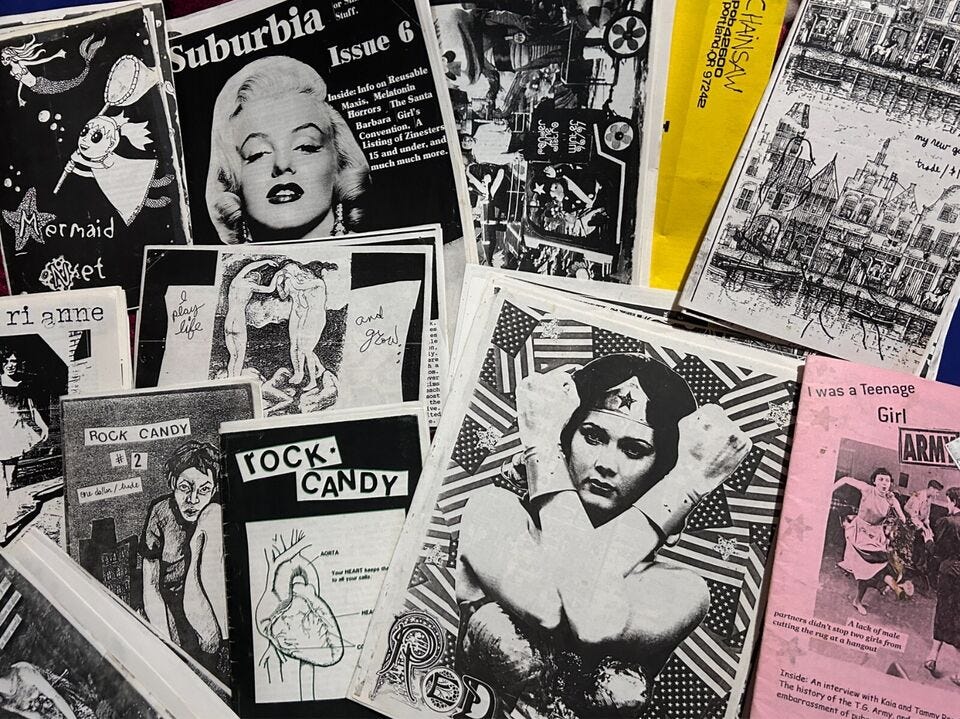
From JSTOR Daily,
Researcher Janice Radway explains, during the early ’90s, a wave of developments “augmented the sense that something significant was happening among punk girls and women.” A mix of music, politics, and DIY publishing converged to create the girl zine movement. A self-publishing frenzy of small magazines that “discussed domestic violence, incest, and rape; wrote about sexuality and explored the meaning of identifying as lesbian, queer, straight, or even straight-edge; and laid out their hopes for a more egalitarian, girl-friendly future.
Around the same time came the launch of a zine called riot grrrl, which focused on “the general lack of girl power in society as a whole and in the punk rock underground.” Musicians and writers came together in a movement that would take the name of the zine.
Zines also allowed everyone to be a creator. Some of them were hand-drawn and more art-like, and they often contained a collaboration of poetry, music reviews, and art. They were frequently handed out directly from the creator to the reader, forging a sense of community and solidarity against the establishment.
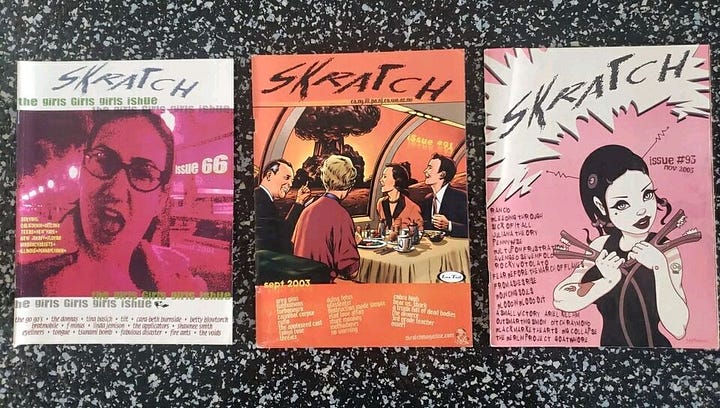
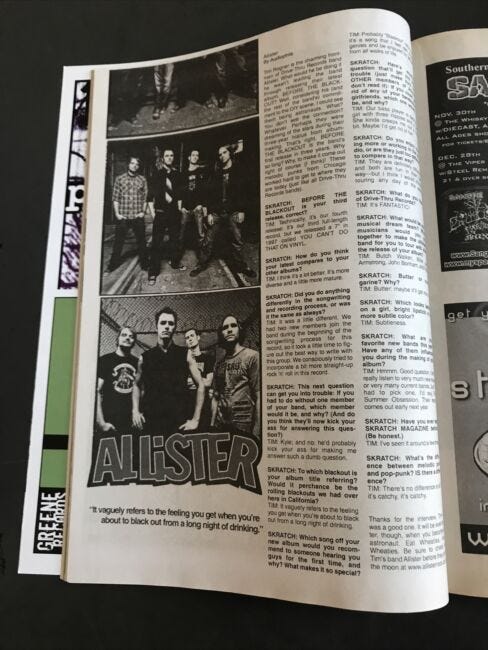
Zine Libraries
Zine libraries have sprung up across the country to document this history. The zine library at Manhattan’s Barnard College consists of over 10,000 zines and focuses heavily on material created by marginalized communities. Topics range from mothers and daughters documenting holidays together to searing political collections about racism in punk rock.
Other zine libraries exist across the country and around the world.
Notable Zine Collections
Barnard College Library - New York City
Collection of zines written by women (cis- and transgender), emphasizing zines by women of color. Zines on feminism and femme identity by people of all genders. The zines are personal and political publications on activism, anarchism, body image, third-wave feminism, gender, parenting, queer community, riot grrrl, sexual assault, trans experience, and other topics.
Bowling Green State University - Bowling Green
It has an extensive collection of fanzines devoted to popular music and a nice library guide listing many different resources.
Duke University Libraries - Durham, NC
The collection of zines created by women, girls, and women-identified people was begun by Sarah Dyer and has over 1,000 zines. Dyer collected zines for her Action Girl Newsletter, a networking publication for women’s comics and zines. The collection has expanded to over 4,000 zines, mostly from 1990-2005. Around 2,600 of these are recorded in this searchable database.
New York Public Library - New York City
Housed in the DeWitt Wallace Periodical Room at the Stephen A. Schwarzman Building with current periodicals and requested in Room 100. Search by title or these subjects: zines, fanzines, underground press, and little magazines. The site lists some of the titles in the collection.
Zine Archive and Publishing Project
Founded in 1996 as part of Hugo House, a non-profit community writing center in Seattle, this Zine library has an archive of over 30,000 self-published material from around the world.
Zine and Amateur Press Collections at the University of Iowa
Special Collections at the University of Iowa is making a concerted effort to collect zines in all formats to preserve these materials and make them accessible to wider popular and research audiences. Zines are windows that provide glimpses into fascinating and often underdocumented social worlds, worlds that we believe deserve to have their voices rescued from obscurity.
All zine libraries in the LA area: click here
Barnard University has an international zine library directory that you can access here.
Broken Pencil has a worldwide zine library list that includes Canada. You can access it here.
This effort to preserve the zine is ever-evolving and continuously growing, creating an accessible record of alternative historical narratives — critical in a society where entire communities are marginalized and written out of history. These collections enable these stories to be shared and protected, where they would likely otherwise be ignored and erased.
This fantastic in-depth article reports on all the zine goings on:
How Zine Libraries Are Highlighting Marginalized Voices - Buzzfeed Magazine
Zines have long been a way for marginalized communities to record their stories and organize. Zine libraries are making sure those histories aren't forgotten.
Zines are still alive!
Additionally, Zine festivals and meetups for creation are also popping up worldwide!
Zine Meetups / Fests
List of Southern California Zine Fest - This calendar tracks events in Southern California where zines are bought, sold, or traded.
Zine Fair List across the United States—Printed Matter, Inc. compiled this listing of artists’ books and zine fairs.
Broken Pencil has a worldwide list of zine fairs and stores that carry zines.
I looked for hours for copies of my zines to use in this story, but with analog data and much of the things we did in the 1990s, I don’t know where they are, and there isn’t a record of it anywhere. One of them that I was most proud of was the interview with Ian MacKaye of Fugazi, and another featured Blink-182 on the cover, with their original drummer (I guess you will have to take my word for it). I was proud of those little zines and credited them with getting me into journalism grad school.
Perhaps Substack is the new digital zine?
Since I teach journalism, mass media studies, and effects, the evolution of media has always fascinated me, especially in how various media works to create community or divide groups into silos. Much like the rise of vinyl again by collectors in the digital music world, the re-emergence of the zine is a way to stay in tune with underrepresented group’s history by celebrating this art form.




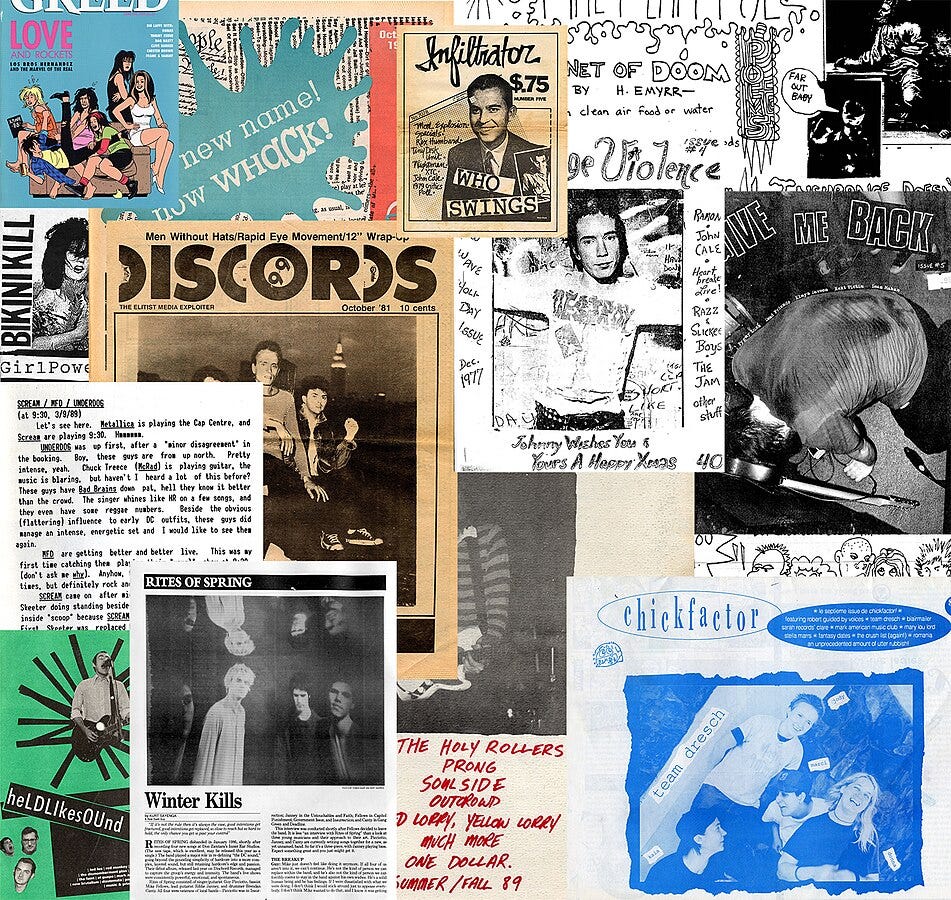
Long live zines!
I've been collecting them for almost 30 years now and STILL get a thrill with every new zine I find/purchase.
I'm giddy over the fact that I created my first zines in 2024!!! Can't believe it took me so long lol.
Good day, 49-year old born and living in Europe. Zine culture was very strong back in the 90s here and it makes me very happy when I see organisations like universities and public libraries supporting their preservation in the US. Nice article !